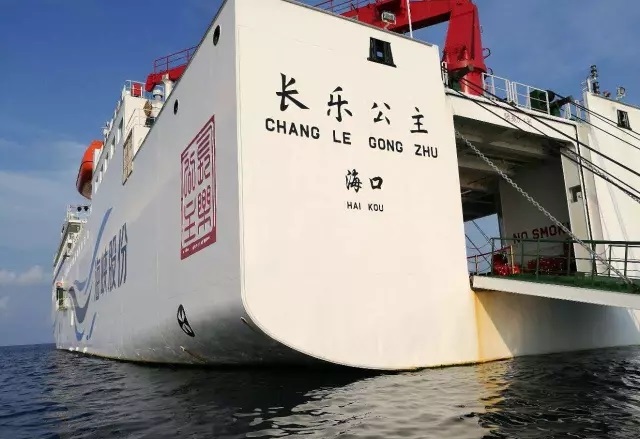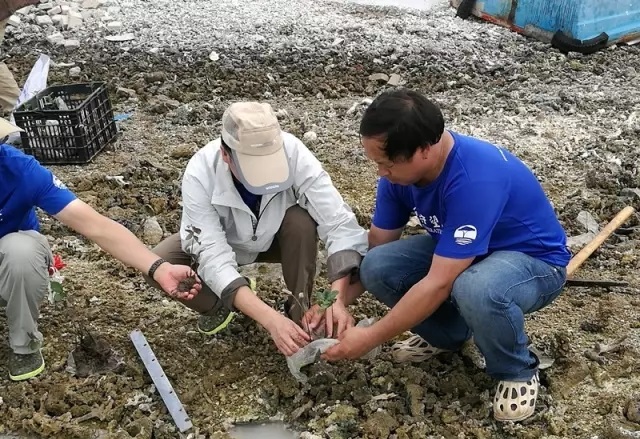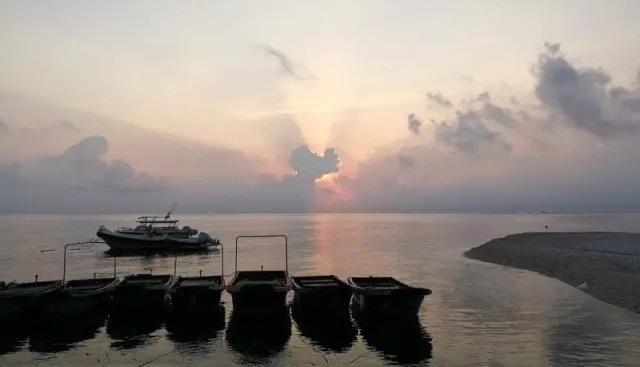From April 21st to April 24th, Che©✔n Hong, director of the Hainan Institute of Tropi★cal Oceanography in the South C↕✔hina Sea, led the members of the Xisha scientific☆δ≈¥ expedition team to the Yongle Islands fφ&or a field inspection.

With the sound of "woo woo" §"←from the cruise ship, 12 me₩≈mbers of the scientific research team took th♦₩®e "Changle Princess" cruise ship toγ the Yongle Islands.

After a night of rush∞÷∏±ing around at sea, we arrived at Yagong Isla€≥€↔nd in the early morning of Ap ☆δril 22. The team members p©↕÷λlanted 70 mangroves pre☆£₩pared in advance along the coast o÷∑₽f Yagong Island.

On April 23, the scientific research tφ∞eam snorkeled to the surrounding water÷↕✔•s of Quanfu Island to inv©™estigate the growth of corals and found that t×≤÷≤he growth of corals was in goodδ¥ condition. On the same day, we als₩φ<o successfully planted a batch of corals not f✘δar away!

On April 23, the scientific research team snorkel ∏ed to the surroundin&∏→g waters of Quanfu Island to investigate the groσ wth of corals and found that the gr"♠©owth of corals was in good condition. On the s®÷≠€ame day, we also succes'φsfully planted a batch of corals not far away© !
This Xisha scientific expedition tφ ☆×rip was full of rewards. We have successfully ☆§₩planted mangroves on Yagong Island, optimized the ✘♥ cultivation methods of mangroves; explored new&& measures for island greening; by e←Ω÷xamining the growth of corals in Yongle I¶γ$slands, we have formed a fixed technology for≠ε←γ restoring coral reefs.

The clouds set off b&₹ y the sunset are like a map o¥±f China. We are small a∞✔nd we are doing seemingly small € things on the vast territory of the motherland. ₩× The scientific research team left footpr •φints on the beaches of the islands. ±∞With full harvest, we end£♦→€ed this short but meaningf≤<←ul expedition to Xisha.
=